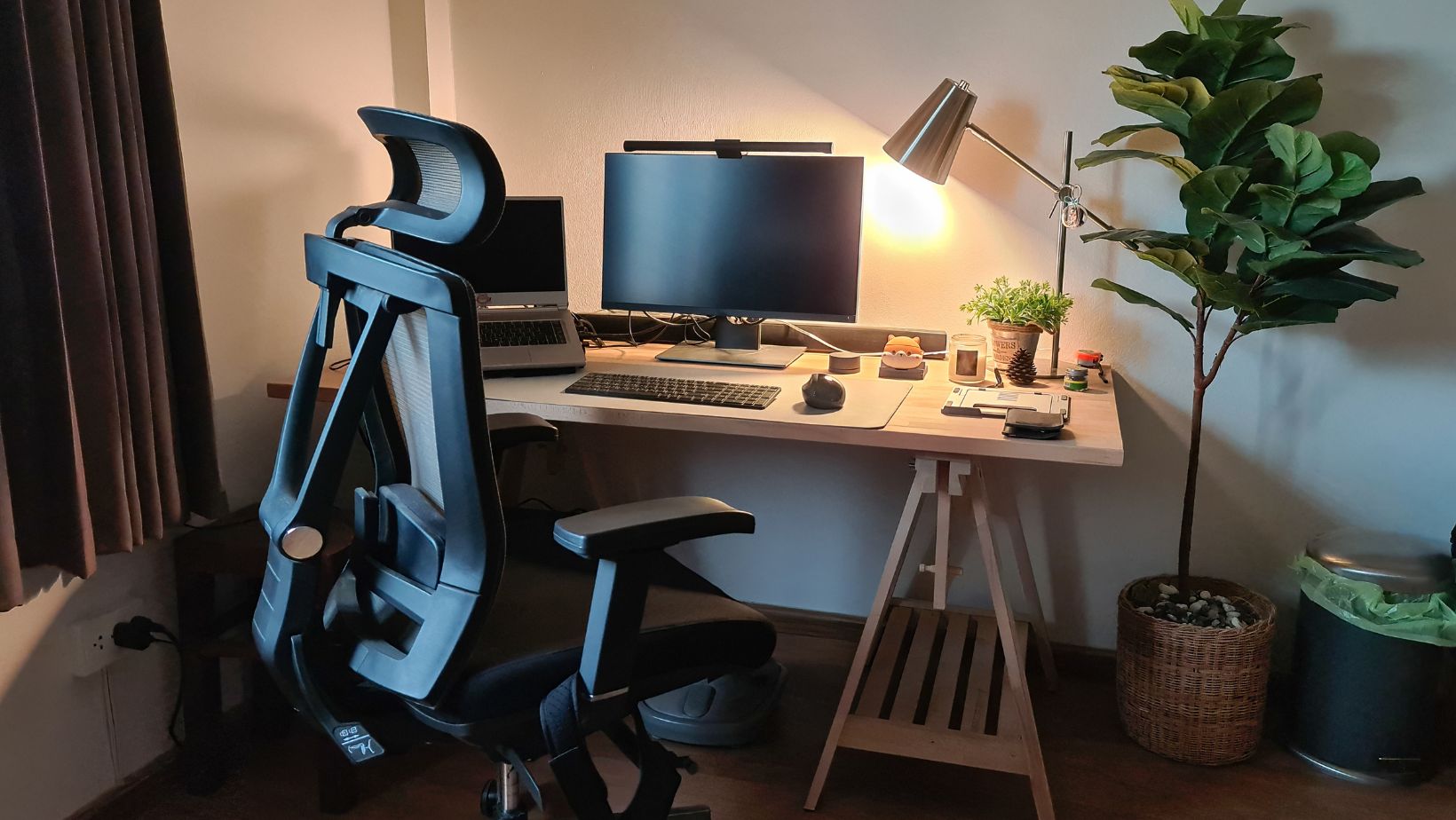
In today’s fast-paced work environment, ensuring the safety and efficiency of employees is more critical than ever. One of the most effective ways to achieve this is through thoughtful workspace design and ergonomics. By integrating ergonomic principles into workplace design, companies not only enhance employee comfort but also significantly reduce the risk of injuries and boost overall productivity. This article explores how ergonomic design can provide the edge your workspace needs for both injury prevention and operational efficiency.
The Importance of Ergonomics in Workplace Design
Ergonomics, the science of designing work environments to fit the needs and capabilities of the human body, plays a crucial role in creating safe and productive workspaces. Proper ergonomics aims to optimize the interaction between workers and their work environment, thereby reducing the risk of musculoskeletal disorders (MSDs) and other job-related injuries.
Injury prevention is a primary concern in ergonomics. Many workplace injuries stem from poor ergonomics, such as incorrect posture, repetitive strain, and inadequate workstation setup. By addressing these issues through thoughtful design and ergonomic principles, companies can significantly reduce the likelihood of injuries and create a more comfortable and productive work environment.
Key Principles of Ergonomic Workplace Design
To effectively incorporate ergonomics into workplace design, several key principles should be considered:
Adjustable Furniture
Adjustable furniture is a cornerstone of ergonomic design. Desks and chairs that can be adjusted to fit individual needs help ensure that employees maintain proper posture throughout the workday. For example, chairs should support the lower back and allow for adjustments in height and tilt. Desks should be set at a comfortable height to accommodate both sitting and standing positions, reducing the risk of strain from prolonged sitting or awkward positioning.
Optimal Workstation Layout
An efficient workstation layout is essential for minimizing strain and maximizing productivity. Workstations should be designed to keep frequently used items within easy reach, reducing the need for excessive reaching or twisting. Computer monitors should be positioned at eye level to prevent neck strain, and keyboards and mice should be placed at a height that allows for natural hand positioning. A well-organized workstation minimizes unnecessary movements and helps employees maintain a comfortable and productive posture.
Proper Lighting
Lighting is another critical aspect of ergonomic design. Poor lighting can lead to eye strain and headaches, while excessive glare can cause discomfort and reduce productivity. Workspaces should be well-lit with adjustable lighting options to suit individual preferences and tasks.

Task lighting can be used to illuminate work areas without causing glare on screens, while ambient lighting helps reduce overall eye strain and creates a more comfortable work environment.
Noise Management
Noise can be a significant factor affecting both comfort and productivity. Excessive noise levels can lead to stress, decreased concentration, and increased risk of errors. Ergonomic workplace design should include noise management strategies, such as sound-absorbing materials, acoustic panels, and noise-canceling headphones. Creating a quieter work environment helps employees focus better and reduces the likelihood of stress-related injuries.
Break Areas and Movement
Encouraging regular breaks and movement is essential for maintaining physical health and preventing injuries. Ergonomic design should include designated break areas where employees can relax and stretch. Standing desks and adjustable workstations can promote movement throughout the day, reducing the risk of discomfort and injuries associated with prolonged sitting. Incorporating ergonomic principles into break areas and promoting movement helps employees stay refreshed and reduces the risk of musculoskeletal issues.
Implementing Ergonomic Design: Practical Steps
Integrating ergonomic design into your workplace requires careful planning and consideration. Here are some practical steps to get started:
Conduct an Ergonomic Assessment
Begin by conducting an ergonomic assessment of your current workspace. This assessment should evaluate factors such as workstation setup, furniture, lighting, and noise levels. Identifying areas of concern will help prioritize improvements and tailor ergonomic solutions to your specific needs.
Involve Employees in the Process
Involving employees in the ergonomic design process is crucial for ensuring that the solutions meet their needs. Gather feedback from employees about their comfort and any issues they experience. This input will help tailor ergonomic solutions to address their specific concerns and preferences.
Invest in Quality Ergonomic Equipment
Investing in high-quality ergonomic equipment is essential for achieving long-term benefits. Choose adjustable chairs, desks, and accessories that meet ergonomic standards and offer flexibility for individual use. Quality equipment not only enhances comfort but also contributes to injury prevention and overall productivity.
Provide Ergonomic Training
Education is key to maximizing the benefits of ergonomic design. Provide employees with training on proper posture, workstation setup, and the importance of regular breaks and movement. Ergonomic training helps employees understand how to use their workstations effectively and reduce the risk of injuries.
Monitor and Adjust
Ergonomic design is an ongoing process. Regularly monitor the effectiveness of ergonomic solutions and make adjustments as needed.

Conduct follow-up assessments and gather feedback from employees to ensure that the design continues to meet their needs and contribute to injury prevention.
Case Studies: Ergonomic Design in Action
Several companies have successfully implemented ergonomic design principles and reaped significant benefits in terms of injury prevention and productivity. For example:
- A major tech company redesigned its office spaces to include adjustable desks, improved lighting, and noise-reducing materials. The result was a noticeable decrease in musculoskeletal complaints and an increase in overall employee satisfaction and productivity.
- A manufacturing firm introduced ergonomic workstations with adjustable heights and supportive seating. By incorporating regular breaks and promoting movement, the company saw a substantial reduction in workplace injuries and an improvement in employee well-being.
These case studies illustrate the tangible benefits of ergonomic design and underscore the importance of investing in a comfortable and efficient workspace.
Ergonomic design provides a powerful edge for creating workspaces that prioritize injury prevention and boost efficiency. By implementing key ergonomic principles such as adjustable furniture, optimal workstation layout, proper lighting, noise management, and encouraging movement, companies can create a work environment that supports both employee health and productivity.
Investing in ergonomic design not only reduces the risk of workplace injuries but also enhances overall employee satisfaction and performance. As companies continue to seek ways to improve their work environments, embracing ergonomic principles will play a crucial role in achieving safer, more efficient, and more productive workplaces.












